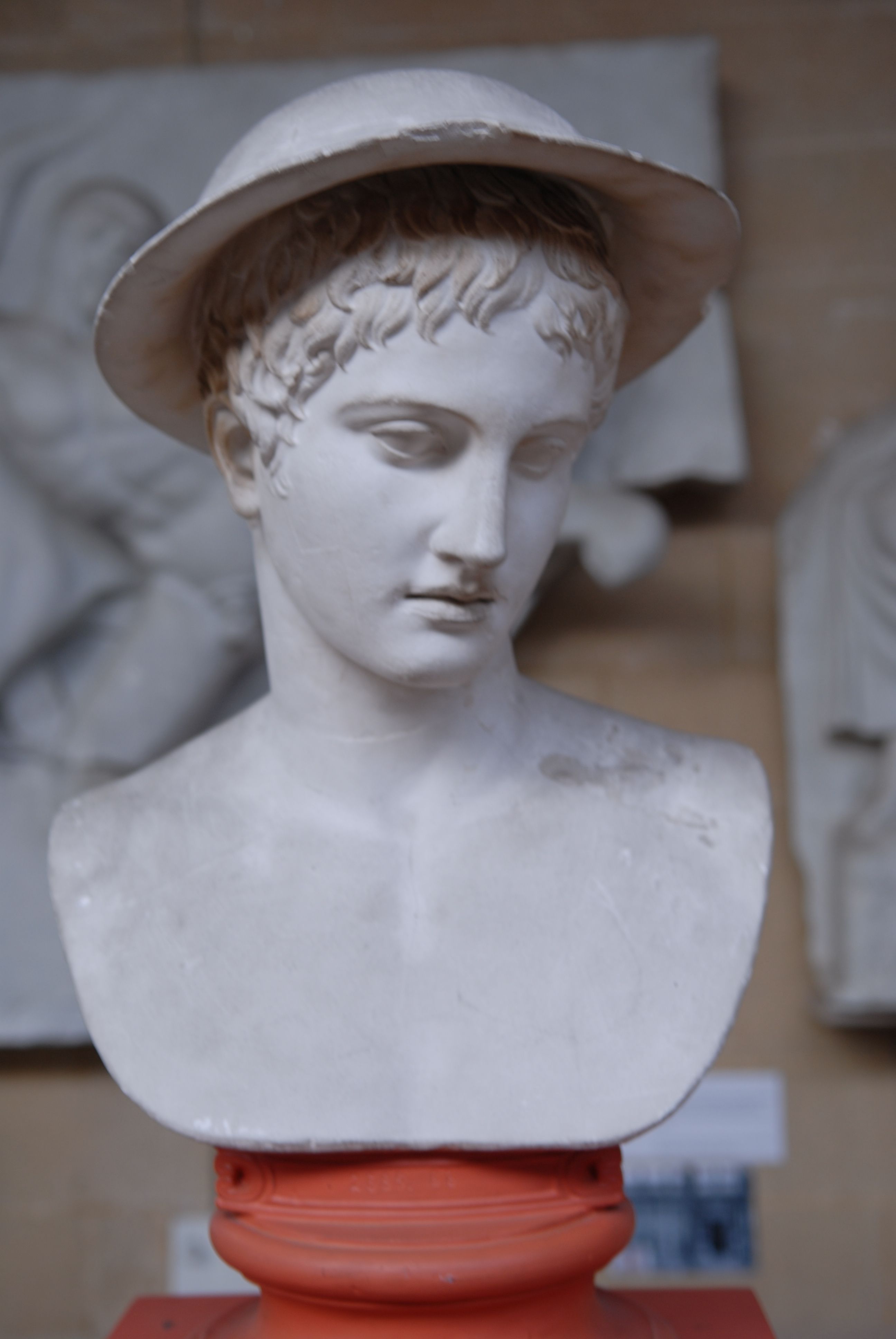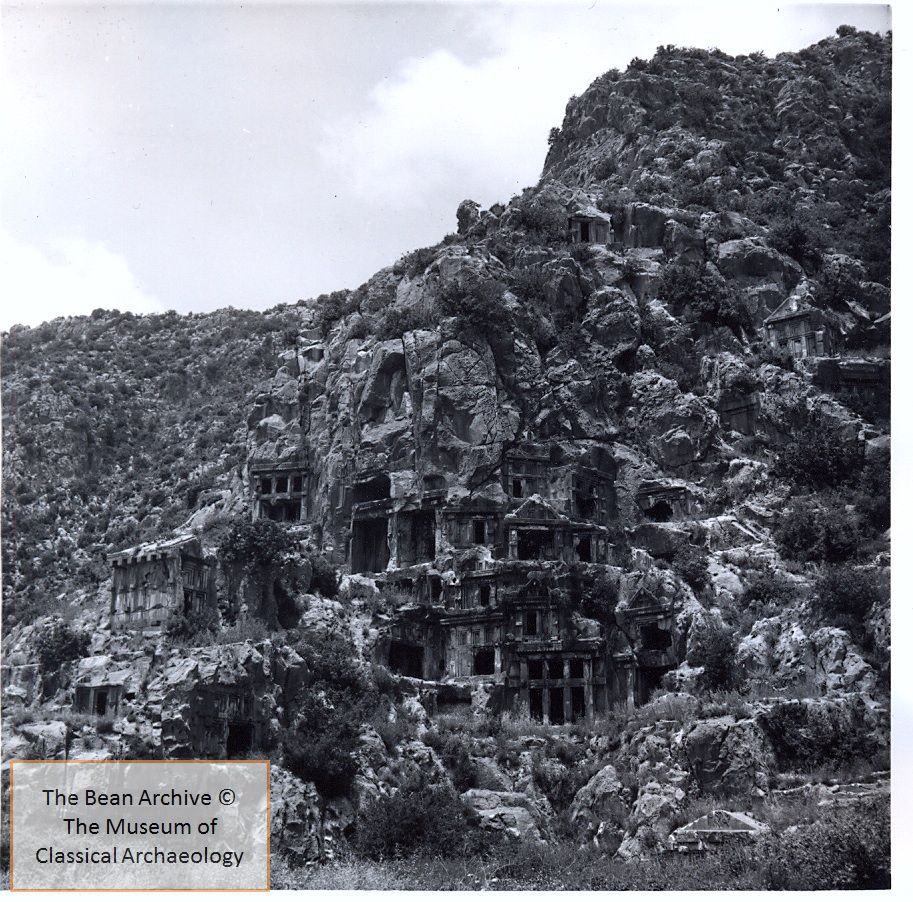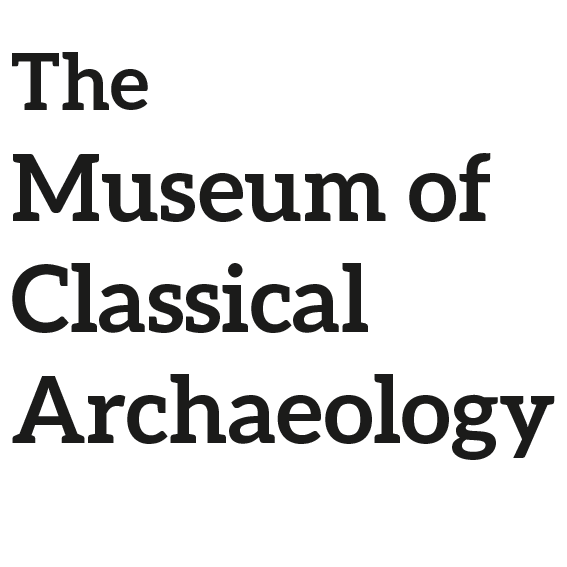Secret Histories
Curated by Dr. Kate Beats
November 4th - December 19th 2014
Secret Histories is part of Curating Cambridge and charted the history of the Museum of Classical Archaeology over 100 years, since its foundation in 1884 to its recent move to the Sidgwick Site in 1982. The exhibition pinpoints the notable moments in the establishment's history, as well as the impact made by the First World War and the contents of an archaeologist’s old suitcase.
The Beginning
The foundational history of the Museum was illustrated by 19th-century photographs of the establishment on Little St Mary’s Lane and two indentures, dated to 1862 and 1883.
After signing the indenture between the Master and Fellows of Peterhouse and the University in 1883, the 600 casts previously held in the Fitzwilliam Museum were transported to their new home on Little St Mary’s Lane on a 99 year lease. The ‘Museum of Classical and General Archaeology’ opened in May 1884 with its large collection of casts and other British archaeological and ethnographic objects. The set of buildings had previously been a maltings house, leased by a local merchant, Henry Hazard. The cost of transforming the maltings into a space suitable for a museum was extensive. For the following 99 years, the Museum paid Peterhouse the equivalent of ‘five bushels of the best malt’, a legacy from the previous tenant.
The War Years
 The Museum’s Minute Book from 1912 to 1918 was displayed alongside medals and photographs kindly loaned by the Museum of Cambridge. A bust of Hermes, our hidden gem, made an appearance as his petasos, his sun hat, is markedly evocative of the First World War.
The Museum’s Minute Book from 1912 to 1918 was displayed alongside medals and photographs kindly loaned by the Museum of Cambridge. A bust of Hermes, our hidden gem, made an appearance as his petasos, his sun hat, is markedly evocative of the First World War.
During the First World War, the Museum was obliged to contribute to the country-wide war effort through cutting down on spending, offering staff as volunteer firemen and adopting flexible opening hours to reflect the strict lighting regulations. Of particular note is the use of the basement as a place to store clothing for the Country of Cambridge Belgian Hospitality Committee in 1915. This was not the only significant change to the basic functioning of the Museum during these years, as the Annual Report of 1915 demonstrates an increase of 1,287 visitors due to the presence of soldiers in Cambridge. The officers' Training Corps also used the lecture theatre as a place to attend lectures on ‘general subjects’.
The Bean Suitcase
 A selection of some 3,000 photographs, together with the suitcase in which they were donated to the Museum and tales of Bean’s adventures were displayed alongside copies of his publications and an epigraphic squeeze.
A selection of some 3,000 photographs, together with the suitcase in which they were donated to the Museum and tales of Bean’s adventures were displayed alongside copies of his publications and an epigraphic squeeze.
These photographs of archaeological sites in Turkey, taken from the 1940s through to the 1970s, were taken by a classicist called George E. Bean. They have remained untouched in their suitcase until summer 2014.
Moving Herakles
Ninety-nine years is not very long in the life of Cambridge’s oldest College, Peterhouse. The move to Sidgwick Site occurred in the summer of 1982 and is the permanent and specifically designed home for the casts.
Our superhero, the Farnese Herakles, was a challenge to the movers. A set of black and white photographs, taken in 1982, show Herakles and his movers.







